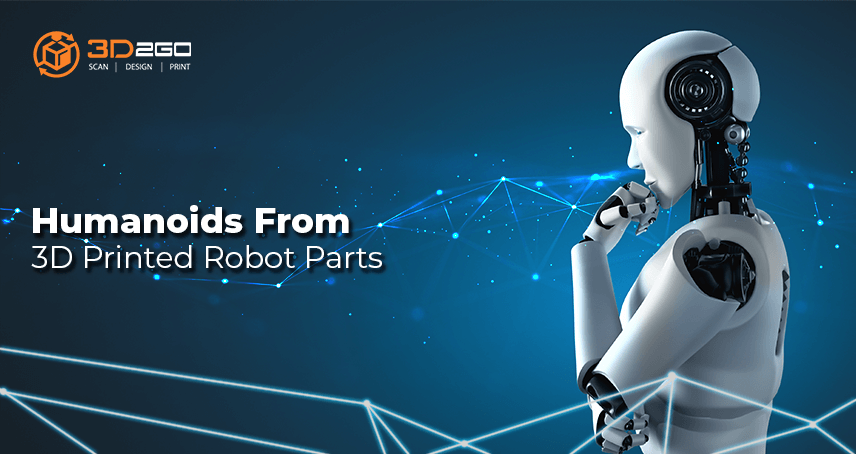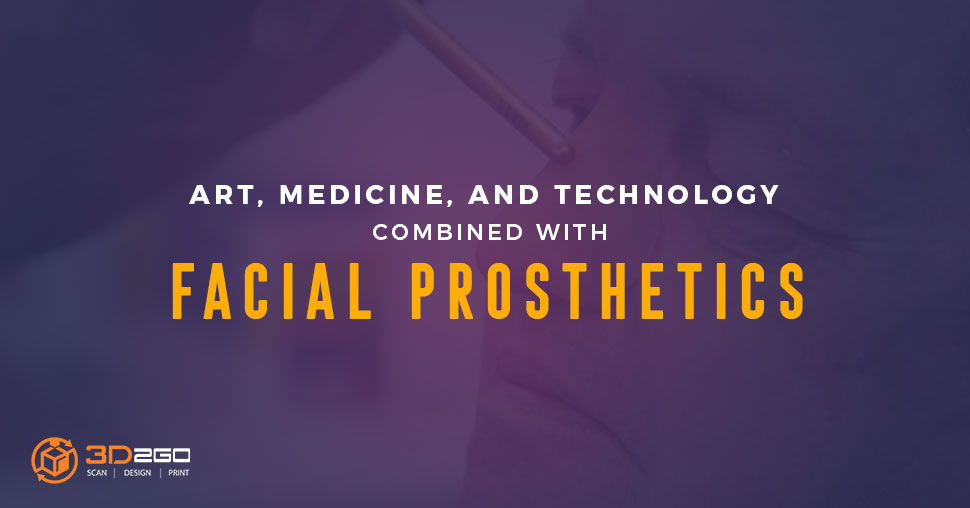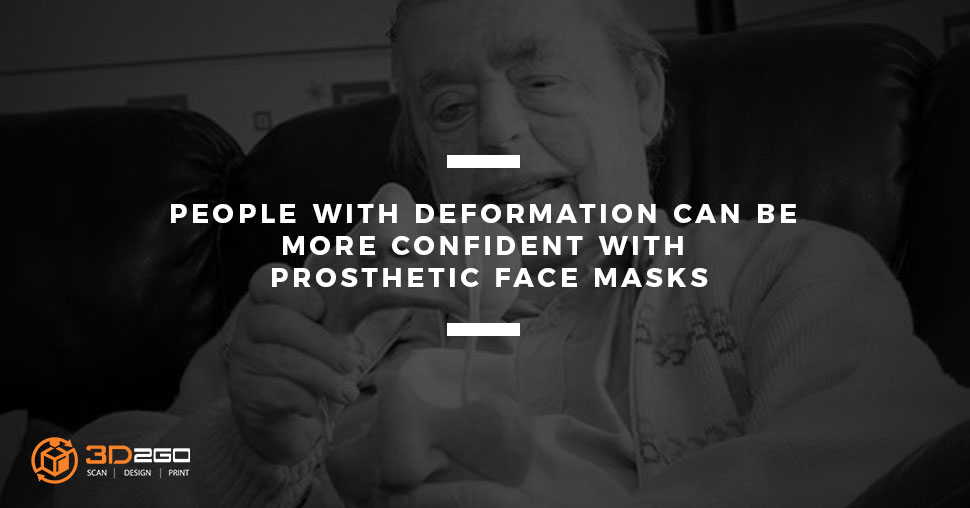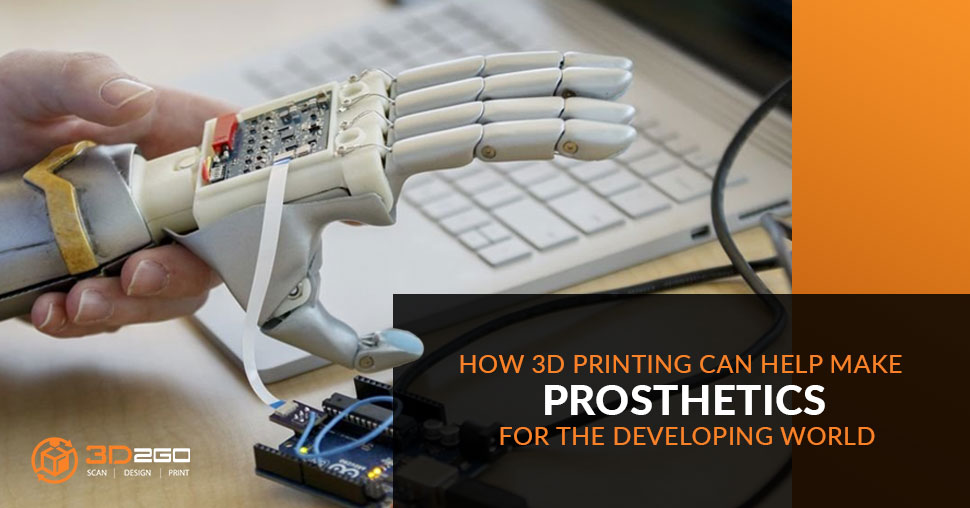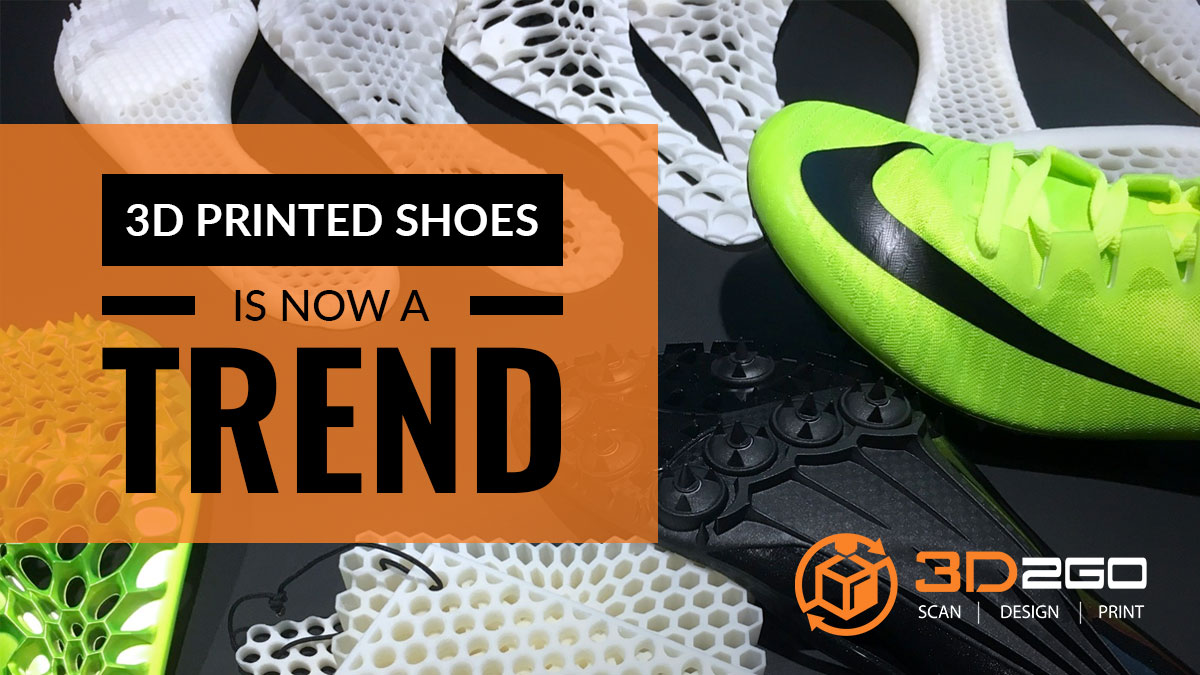
Stepping into the Future with 3D Printed Shoes
May 2, 2022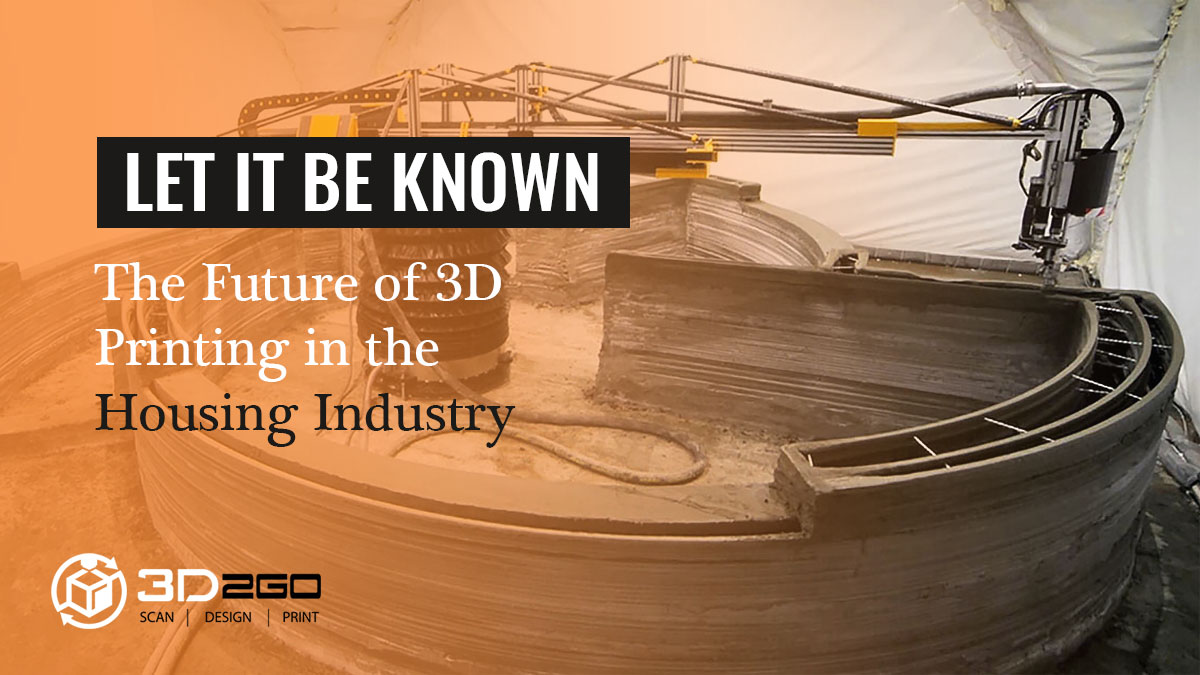
3D Printing’s Promising Help To The Housing Industry
May 2, 2022Making a humanoid with 3d printed robot parts
InMoov started as a prosthetic hand and has become one of the oldest 3D printed robotics projects. It was created in 2012 by Gael Langevin. He is a French sculptor and designer.
Now, it’s a life-size 3D printed robot that is a spectacular achievement. Not only because of its size but also because of its fluid and graceful articulation, right down to its fingertips. This is also an open-source project. It was envisioned as a development platform for students, makers, and academics. In fact, the hand carries the distinction of being the first open-source 3D printed hand prosthetics.
If you want to make InMoov yourself, you’ll need a desktop 3D printer with a build volume of at least 12 x 12 x 12 cm. You’ll also need an Arduino Uno and Mega microcontroller, three servo motors (HK15298B, Hitec HS805BB, and MG996), and MyRobot Lab and python scripting software. The website has ample instructions and information, a blog, and an active maker community.
InMoov continues to be a favorite among makers all over the world and each year gains more capabilities, including the recent additions of a vision system and improved mechanics and legs. There’s even a world map that can connect you to InMoov builders from all over the globe.
When prosthetics meet 3d printed robot parts
Think of prosthesis in the same way you think of special effects. A prosthesis is an artificial replacement for a part of the body. It could be that it is missing or disfigured. A prosthesis is basically an artificial device. It is for replacing a missing or malformed body feature.
Partial hand loss comprises about 90 percent of all upper extremity amputations and may involve the loss of one or more fingers. Prostheses for this level have historically been simple opposition designs. It is so that patients can utilize movements from their remaining thumb or fingers for grasping against a fixed prosthetic platform. However, a series of recent technological advances have led to the development of smaller, more robust components that are steadily improving body-powered and electrically powered designs.
As with every upper limb amputation, or difference, there are six prosthetic options for partial hand prosthetic rehabilitation:
- No prosthesis
- Passive prosthesis
- Body-powered prosthesis
- Electrically powered prosthesis
- Activity-specific prosthesis
- Hybrid prosthesis
With the help of 3D printing, a simple immobile hand prosthetic could become more realistic and human-like.
At 3D2GO, our end-to-end 3D services will do just the job. After receiving the measurements and the assurance that your doctor has approved, then we can start working on getting you back into shape!
3d printed robot parts with 3D2GO
If you see something you’d like to try but don’t have the means to do yourself, just get in touch with us and leave us a message.
Send us files in .obj or .stil format in our email address management@my3d.com.ph. You can also reach us through our Facebook and Instagram pages today!


